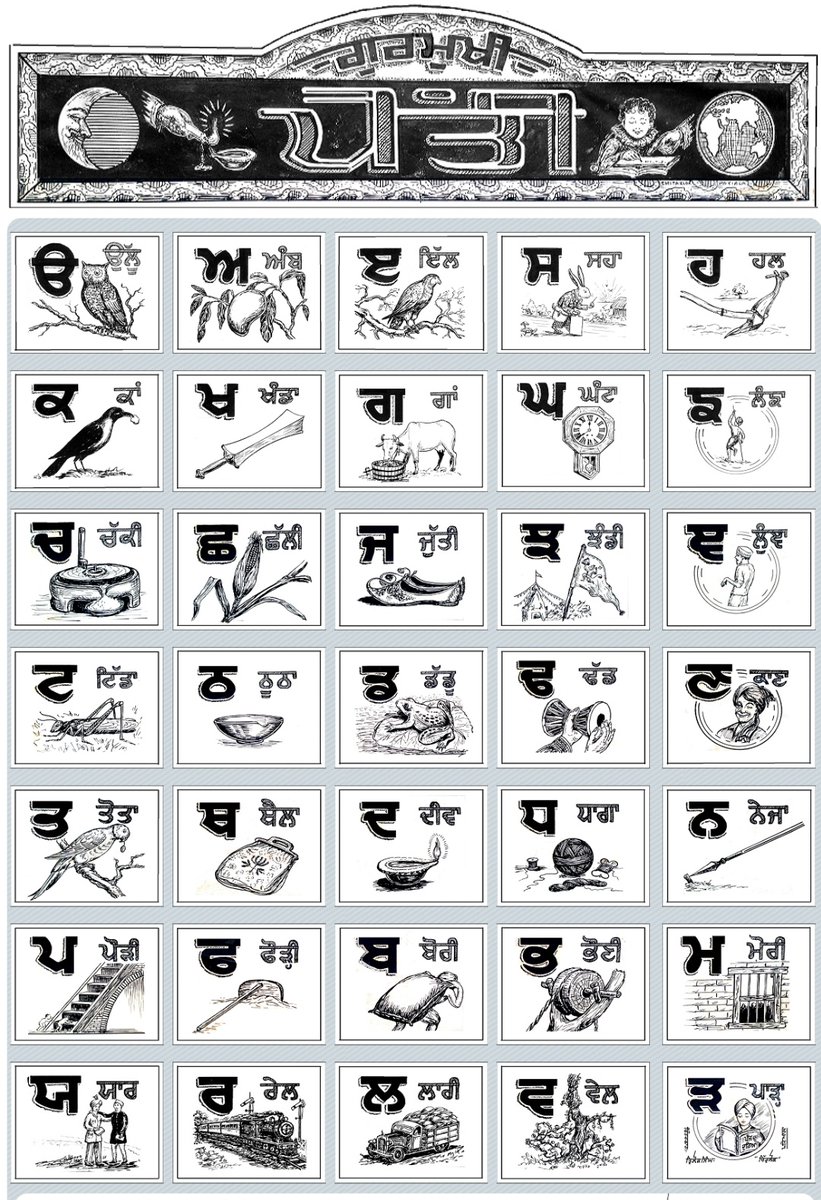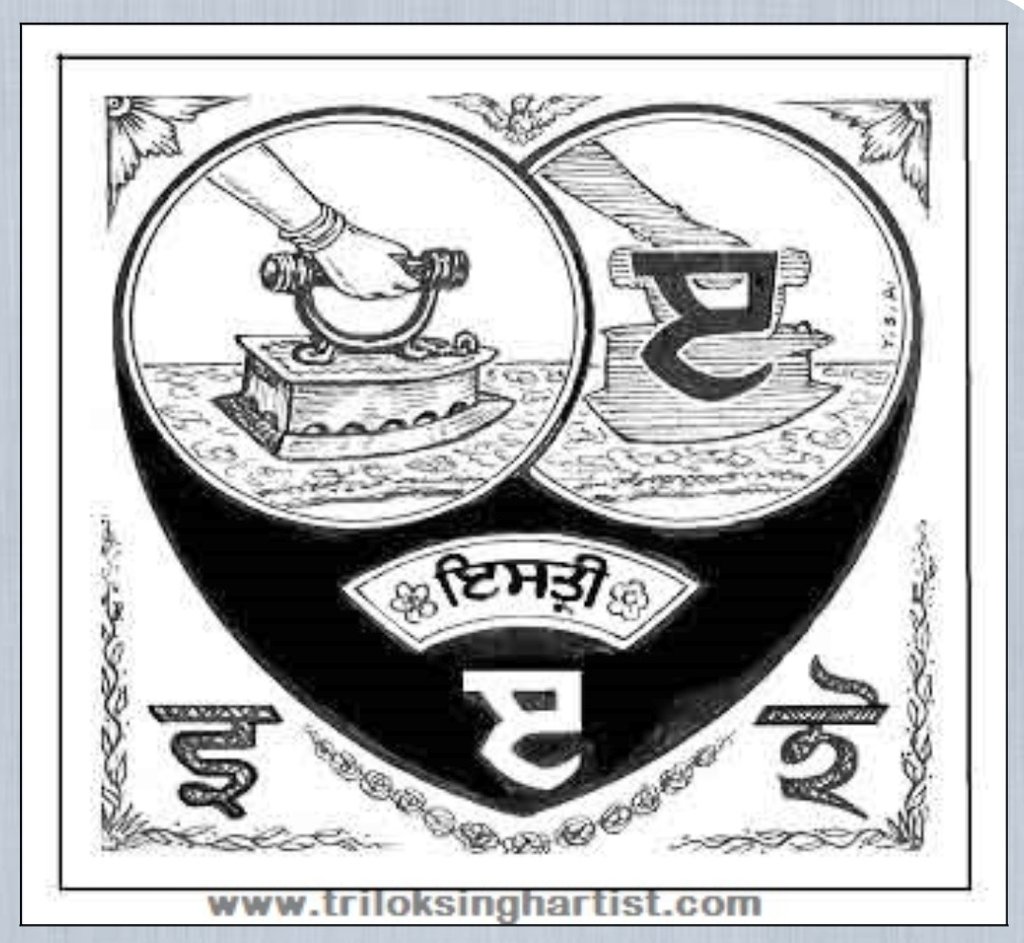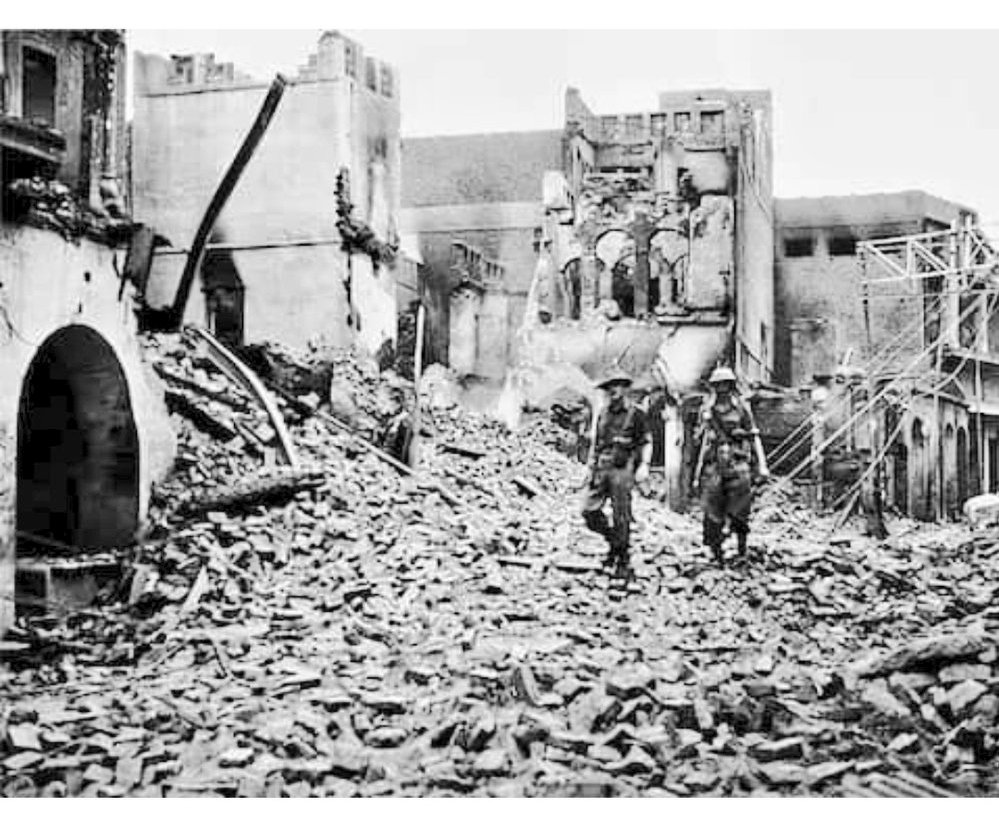
#Thread on
NEPAL - SIKH War
The #NepalSikhWar was a large scale military conflict in 1809 between the forces of
The #KingdomofNepal under
Amar Singh Thapa and
The #SikhEmpire under
General Dewan Mokham Chand of
Maharajah Ranjit Singh Ji
Pic 1 Dewan M Chand
Pic 2 AS Thapa

NEPAL - SIKH War
The #NepalSikhWar was a large scale military conflict in 1809 between the forces of
The #KingdomofNepal under
Amar Singh Thapa and
The #SikhEmpire under
General Dewan Mokham Chand of
Maharajah Ranjit Singh Ji
Pic 1 Dewan M Chand
Pic 2 AS Thapa


Nepal-Sikh War
Date:March 1809 – August 1809
Location:#KangraFort
Result: #Sikh victory
•Nepalese retreat to the Arki Fort
in Pic Kangra Fort
by Charles Stewart Hardinge
Date:March 1809 – August 1809
Location:#KangraFort
Result: #Sikh victory
•Nepalese retreat to the Arki Fort
in Pic Kangra Fort
by Charles Stewart Hardinge

leaders
#SikhEmpire
Maharaja RanjitSingh*
MokhamChand
#KingdomofNepal
Amar Singh Thapa
Bahadur Shah
Bhimsen Thapa*
Nain Singh Thapa
—Strength
10,000 Sikh imperialists of
The #SikhKhalsaArmy
16,000 #Gurkha warriors
—losses
1,000 #Sikh soldiers killed
12,000 #Gurkha soldiers killed

#SikhEmpire
Maharaja RanjitSingh*
MokhamChand
#KingdomofNepal
Amar Singh Thapa
Bahadur Shah
Bhimsen Thapa*
Nain Singh Thapa
—Strength
10,000 Sikh imperialists of
The #SikhKhalsaArmy
16,000 #Gurkha warriors
—losses
1,000 #Sikh soldiers killed
12,000 #Gurkha soldiers killed


By early 1809, most of the land of Kangra jagir had been incorporated into Nepal, although the fort still held out. Raja Sansar Chand of Kangra took refuge among the Sikhs in the Punjab.
At first, the Sikh Maharaja Ranjit Singh was reluctant to assist the ruler of Kangra,but a Nepalese push towards the Kashmir Valley
(which was his next target for Sikh military expansionism)
changed his mind.
Kashmir was👇
(which was his next target for Sikh military expansionism)
changed his mind.
Kashmir was👇
👆
effectively independent territory,riven by #Afghan factions and coveted by both Sikhs and Gurkhas
The #Sikh ruler dispatched a force which raised the siege of #Kangra on 24 August 1809 and forced the #Gurkha forces back across the #Sutlej.👇
effectively independent territory,riven by #Afghan factions and coveted by both Sikhs and Gurkhas
The #Sikh ruler dispatched a force which raised the siege of #Kangra on 24 August 1809 and forced the #Gurkha forces back across the #Sutlej.👇

#MaharajahRanjitSingh
then sent a proposal to
#AmarSinghThapa to make the #Sutlej the boundary between their states.
Thapa forwarded the proposal to the Kathmandu Durbar, but #BhimsenThapa rejected.👇

then sent a proposal to
#AmarSinghThapa to make the #Sutlej the boundary between their states.
Thapa forwarded the proposal to the Kathmandu Durbar, but #BhimsenThapa rejected.👇


The #Nepalese received British arms from the #British #EastIndiaCompany, and the Nepalese allied with the and
the #PhulkianDynasty to fight
against the #SukherchakiaMisl.
All three lost against the #Sikhs.


the #PhulkianDynasty to fight
against the #SukherchakiaMisl.
All three lost against the #Sikhs.



The Maharaja recalled Diwan Mohkam Chand from the Kangra expedition in March 1809 and directed him to reach #Phillaur. After the settlement of affairs with the British government,
Maharaja Ranjit Singh again turned his attention towards #Kangra.
in Pic Diwan Mohkam Chand
Maharaja Ranjit Singh again turned his attention towards #Kangra.
in Pic Diwan Mohkam Chand

The #Gurkha #General #AmarSinghThapa had been at war for quite some time with #RajaSansarChand in the #Kangra valley and had besieged the fort of Kangra.
Sansar Chand lost hope for life. Therefore, he sent his brother Fateh Singh to the Maharaja Ranjit Singh to seek help👇
Sansar Chand lost hope for life. Therefore, he sent his brother Fateh Singh to the Maharaja Ranjit Singh to seek help👇

The #MaharajaRanjitSingh demanded the possession of the fort of #Kangra in return for help; to which #SansarChand agreed. The Maharaja set-out with full preparations and reached Kangra accompanied by a relatively small army by the end of May.
in Pic Raja Sansar Chand of Kangra
in Pic Raja Sansar Chand of Kangra

👆#AmarSinghThapa sent a letter to #MaharajaRanjitSingh asking him to surrender and let them keep the fort from his forces and let the Gurkhas capture #Kashmir.
Ranjit Singh did not accept.
The next morning supply routes of the Gurkha army had been closed by the #Sikhs.👇
Ranjit Singh did not accept.
The next morning supply routes of the Gurkha army had been closed by the #Sikhs.👇
👆 They waited for ammunition and food of the Gurkhas to run out and after a few weeks the #Gurkhas started #eating their #horses and #camels,
diseases like #Cholera started rising and many died due to lack of medical supplies👇
diseases like #Cholera started rising and many died due to lack of medical supplies👇
👆 The #Gurkhas in their mad frenzies of their 'last fight' before death madly ran into the muzzles of the #Sikh forces, unplanned.
After a month of #starvation and bad conditions the Gurkhas made a charge onto the #GaneshValley,👇
After a month of #starvation and bad conditions the Gurkhas made a charge onto the #GaneshValley,👇
👆Sikhs conquered the KangraFort and fired their superior artillery onto the Gurkhas,massacring them in the thousands.Their bow and arrows could not match to the Sikh cannons, after the gunpowder had finished 1,000 Sikh cavalrymen attacked the Gurkhas killing almost all of them👇
👆The remaining forces of
#NainSinghThapa (Pic2) arrived at #GulerFort. The violence ended after some time.
The #MaharajaRanjitSingh finding an opportune time to drive them out of Guler launched an attack and occupied their positions about a mile (1.06 km) in front of the fort👇

#NainSinghThapa (Pic2) arrived at #GulerFort. The violence ended after some time.
The #MaharajaRanjitSingh finding an opportune time to drive them out of Guler launched an attack and occupied their positions about a mile (1.06 km) in front of the fort👇


👆 A pitched battle ensued.
The #Gurkhas fought dauntlessly but the had to retreat.
Thereafter, they gave a pitched battle near the #Satluj where most Gurkhas #froze in the river, #surrendered or #drowned.👇
The #Gurkhas fought dauntlessly but the had to retreat.
Thereafter, they gave a pitched battle near the #Satluj where most Gurkhas #froze in the river, #surrendered or #drowned.👇

👆 After #Gurkhas suffered heavy #losses and a shattering of pride during this #war,
the Gurkha Army #surrendered to the
power of the #Khalsa.



the Gurkha Army #surrendered to the
power of the #Khalsa.




REFERENCES :
Broadcasting, India Ministry of Information and (1956). Himachal Pradesh. Bright Publications. ISBN 978-81-7199-465-6.
K. L. Pradhan, Thapa Politics in Nepal: With Special Reference to Bhim Sen Thapa, 1806–1839 (New Delhi, 2012), pp. 42–43.
Broadcasting, India Ministry of Information and (1956). Himachal Pradesh. Bright Publications. ISBN 978-81-7199-465-6.
K. L. Pradhan, Thapa Politics in Nepal: With Special Reference to Bhim Sen Thapa, 1806–1839 (New Delhi, 2012), pp. 42–43.
👆Amar Singh Thapa Chhetri distinguished as Badakaji Amar Singh Thapa ,He was a Governor and General and warlord in The Kingdom of Nepal.
He met an #Akali #ChandanSinghNihang who converted him to #Sikhism. For a few years Amar Singh Thapa led the life of a #Sikh hermit although👇
He met an #Akali #ChandanSinghNihang who converted him to #Sikhism. For a few years Amar Singh Thapa led the life of a #Sikh hermit although👇

👆he didn't follow Sikhism completely and was a Sehajdhari Sikh. He wrote a book on his belief in Sikhism called the Adi Bhagvan Prakash which has not been published as of yet and remains in the Nepali State Archives. 

Then Kingdom of Nepal and Sikhs Shares Boundary at #Satluj River .
That Time Boundary of SikhEmpire shares with Phoolkian Dynasty ,
Afghans , Sindh , bahawalpur , Rajputs , China and Nepal Gurkhas.
That Time Boundary of SikhEmpire shares with Phoolkian Dynasty ,
Afghans , Sindh , bahawalpur , Rajputs , China and Nepal Gurkhas.

• • •
Missing some Tweet in this thread? You can try to
force a refresh




























